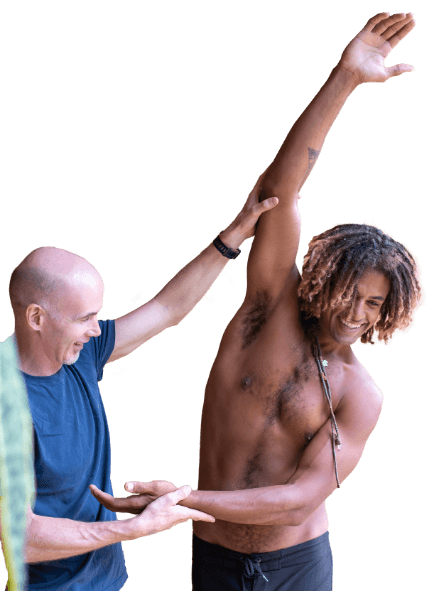
In this article I’m going to talk about who would be referred to surgery and what the common surgical procedures are.
If you are young and not finished growing and your curve is between 10 and 25 degrees there might not be any need to do anything drastic. The standard recommended action is to just observe your back with x-rays every 6 months.
However I would disagree with this approach and say yes to the observation but also add in the exercises in the scoliosis correction protocol.
If you are still growing but your curve is between 25 and 45 degrees you will be recommended bracing, but remember, braces cannot reduce a curve, they can only stop it from progressing, so in order to reduce the curve you would need to add in the scoliosis correction protocol.
If you have finished growing and your curve is between 25 and 45 degrees then observation and the exercises like the Scoliosis Correction Protocol™ are for you.
The medical world uses 50 degrees as a mark to offer surgery. This may change from country to country or doctor to doctor but it is generally the accepted severity of curve that would need surgery.
Finally, if you are still growing and your curve is greater than 50 degrees there is a concern that the curve will continue to progress, so you will be most likely be offered surgery before it gets to 80. You may also be offered surgery even if you have finished growing and your curve is stable, because in some people a curves between 50-100 degrees can cause some stress to your heart and lungs (that would be determined by further testing).
With smaller curves, if the appearance of the curvature is bothersome or if symptoms are associated with the scoliosis are affecting your quality of life you may also be offered surgery. The goals of surgical treatment is to obtain a straighter back in the frontal plane, de rotate the scoliosis in the transverse plane and ultimately prevent it from coming back.
The most common surgery for straighter spine is generally achieved by placing implants onto the spine that are then attached to rods. The rods run up either side of the spine and act like a mast, keeping everything straight. They also put little bits of bone, called bone grafts, in the joints between individual vertebrae to stop them from moving. The rods then hold the spine still until they fuse which means the bones of the spine grow together.
The surgery has many stages but the main ones are:
You should look one up on YouTube, but be warned they are really graphic.
There are many different ways this can be done so if you are offered surgery the surgeon may name the type of surgery they want to do.
OK, so surgery isn’t something you should just jump into. There are lots of different procedures used for different situations, you need to know which one is best for you.
You need to be totally informed of all the risks and limitations that go with the surgery before you commit. So, if you are in a situation where you have been recommended for surgery or if your spine is still growing and the rate of the curve is rapid and you think surgery might be in your future, I urge you to do your homework, and understand exactly what you are committing to.
Ed Paget is an exercise physiologist and osteopath. He specializes in helping people recover from spinal problems, including scoliosis, with none invasive exercise based protocols.

Over the last 10 years Ed has been building a YouTube library to help people manage their own pain or movement limitations and increase performance through exercise. He regularly adds videos so be sure to subscribe and visit regularly


"Oh My Gosh- I am ALREADY feeling relief after a few days! I used to wake up 2-3 times a night with shooting pain that anti inflammatories couldn't touch. Now I have been waking up just because I want to notice what it feels like to lay in bed pain free- THANK YOU!."

"When I first started with your program I was experience a lot of pain. Walking was difficult. I had to stop and catch my breath every few minutes and lean against a wall for support. Now when I walk with my husband we go for over an hour. I never had to sit down and stop...and, hardly any pain!!! 😊😊 I can’t thank you enough."
Frustrated that you aren't recovering fast enough?
Discover how to heal from illness and injury using movement, food and lifestyle.
Leave a Reply